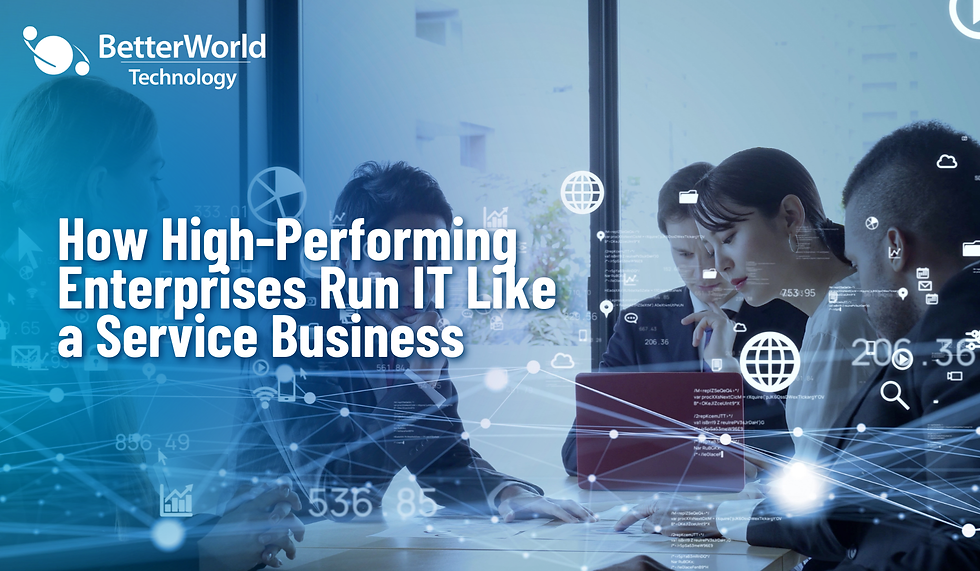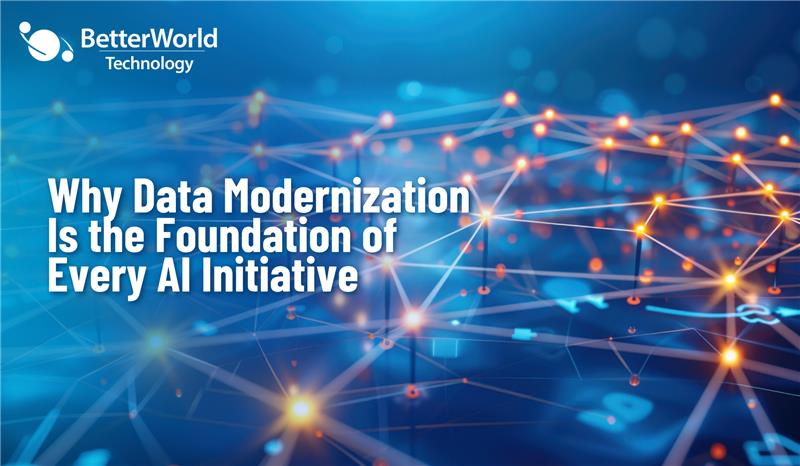AI in Action: Driving Business Value Through Technology With Intel
- John Jordan

- Jun 26
- 5 min read
This article explores how organizations are using AI to solve business problems across different industries. It also looks at how Intel's hardware can change the way AI is approached. The information comes from a webinar presented by Ben Kotvis, a Principal Architect at Insight. Insight is a company that helps businesses with technology, operations, and service delivery to prepare for the future.
The Current State of AI in Business
Generative AI is making a big impact. Many roles, especially in marketing and advertising, are already experimenting with it. This technology can automate a lot of work activities. Estimates suggest that 60% to 70% of an employee's time could be automated using generative AI. This could lead to significant productivity growth annually through 2040.
Key Takeaways
Productivity: Generative AI allows for more output with less effort. It can create job postings, summaries, or images from simple text prompts. It also helps with creative tasks that were once only for humans.
Disruption: There's a learning curve for how people interact with AI. It changes business processes by automating parts of job roles, requiring new definitions of responsibilities. The cost of computing also becomes a factor in business models.
Workforce Changes: Employees will need new training and skills. Automation will fit into existing jobs, changing roles and responsibilities.
Best Practices for Using AI
When using AI, it's important to follow certain practices to get good results and manage risks.
Process Considerations
Identify the Outcome: Start by figuring out what you want to achieve and the potential value of that outcome.
Evaluate Effectiveness: Look at your data. Do you have enough? Is it unbiased and representative? This helps determine if your use case can reach the desired outcome.
Determine Automation Level: Decide how much automation fits into work roles. Will it be smooth or clunky? What tools will be used? How will you test it?
Ethical Considerations: Think about bias, harm, and "hallucinations" (AI making up information). Test the AI models to ensure proper controls are in place.
Data and Security Practices
High-Quality Data: AI needs good, trusted data. If your data isn't good, you probably can't build your own AI.
Data Origin: Know where your data comes from. Is it broad and representative? Has it been cleaned?
Monitor Output: Make sure the AI gives you the expected output and doesn't cause harm.
Prompt Engineering: Fine-tune your prompts so the AI gives you the answer in as few steps as possible.
Access Control and Encryption: Always use access control and encryption to keep your data secure, both during training and when sending responses.
Transparency: People should be able to see why the AI made certain responses so they can make corrections if needed.
Policy Enforcement: Ensure security and privacy policies are followed before and after data processing.
Responsible AI
Have a policy for bias and harm. Don't assume open-source models are perfect; enforce your own policies on top of them.
Benefits and Challenges of AI
AI offers many benefits, but also comes with challenges.
Benefits
Increased Efficiency: Automate tasks like generating presentations or job postings.
Assistance: Tools like Microsoft Office 365 Co-pilot act as a sidekick.
Education and Training: Fine-tune training based on current abilities.
Faster Decisions: Get answers more quickly, avoiding long searches through FAQs or knowledge bases.
Cost Savings: Improve accuracy and save money.
Human-like Interaction: AI can interact in a way that feels natural.
Challenges
Compliance: Adhering to industry-specific rules.
Bias: AI can reflect biases present in its training data.
Limited Capabilities: The amount of data you have limits what AI can do.
Trust: Building trust in AI outputs.
Prompt Engineering: Ensuring prompts are well-tuned for the specific use case.
AI Use Cases Across Industries
Generative AI excels at finding, summarizing, and creating data. This includes generating code, which is an extension of creation.
Industry | Finding Data | Summarizing Data | Creating Content |
|---|---|---|---|
Marketing | Trend analysis | ||
Finance | Financial statements | ||
IT | Network security vulnerabilities | Performance monitoring | |
Legal | Legal briefs | Legal briefs | |
HR | Employee feedback |
Measuring the Value of AI
Realizing value from AI is an ongoing process.
Stakeholder Priorities: Start with organizational goals, whether financial or competitive.
Exploration: Identify the technology, techniques, and staff needed to reach those goals.
AI Value Enablers: Find partners and tools, like Intel's hardware or OpenVINO software, that can help.
Quantify Benefits: Measure benefits like customer acquisition, retention, or employee engagement. Put a value on these to show actual ROI.
Tell the Story: Explain how the technology helps achieve goals. This helps people understand and support the initiative.
Optimize and Grow: Use the story and technology to reach priorities.
Governance: Implement policies, cultural changes, and repeatable processes (like DevOps, MLOps) to ensure solutions are stable and consistent.
Review Solution: Check if stakeholder impact and goals were met. If not, re-evaluate and cycle back through the process.
Identifying AI Opportunities
To find good AI use cases:
Spot Problems: Look for issues where AI can help, like faster information retrieval, synthesis, or response creation.
Consider Data: Understand if the data is private or public. Be aware of copyright risks if using data you don't own.
Envision Outcome: If the problem is solved, will it save time, money, generate revenue, or reduce risk? Quantify these benefits.
For example, if AI saves an employee one hour of research time, and that time is worth $100, for 100 employees over 260 working days, that's $2.6 million in annual savings. It's about being specific about the value AI brings.
Modernizing Infrastructure with AI
Traditional setups often have many separate solutions, each with its own technology stack. This means multiple CPUs, GPUs, operating systems, and memory units.
The goal is to consolidate this into modern infrastructure using containers or virtual machines. This allows multiple use cases to run on a single device. This modernization saves money on operating costs because you only need one operating system instead of many. Partners like Intel help with solutions that allow more than one use case to run on the same infrastructure, opening up many possibilities for cost savings.
Real-World AI Success Stories
Manufacturing Client
Challenge: A manufacturing client produced 100,000 different products. Human-driven processes caused delays, missed opportunities, and lost revenue. Technical staff had to manually recommend compatible products when items were unavailable.
Solution: Insight used a solution accelerator called "Lens." This tool took data from their CRM system and moved it to Databricks for analysis. Machine learning was then used to drive recommendations based on existing data. PowerBI helped visualize the information and fine-tune the models to automate recommendations.
Outcome: Within 8 weeks, they generated a new pipeline of $15 million, with a projected annual revenue of $50 million. The models are extendable for other use cases, showing the benefit of modern data architecture.
Healthcare Client
Challenge: Improving patient outcomes for people with high blood pressure.
Solution: An app was developed to provide targeted treatment recommendations. This was based on unique patient data, including symptoms and other health conditions. Machine learning analyzed large sets of patient data to find patterns and recommend specific treatments.
Outcome: Patients gained an additional 100,000 days of life due to better, personalized care. Healthcare costs were reduced by an average of $2,000 per year for 20% of the hypertension patient population. The machine learning model achieved high accuracy with roughly 800 patient data points.
Insight, with partners like Intel, offers complete data and AI capabilities. This includes artificial intelligence, a modern data platform, and business intelligence. These are optimized through data infrastructure and the cloud. Using containers allows for faster modernization, quicker iteration through solutions, and faster problem-solving. A strong data strategy and governance are fundamental to these solutions.









